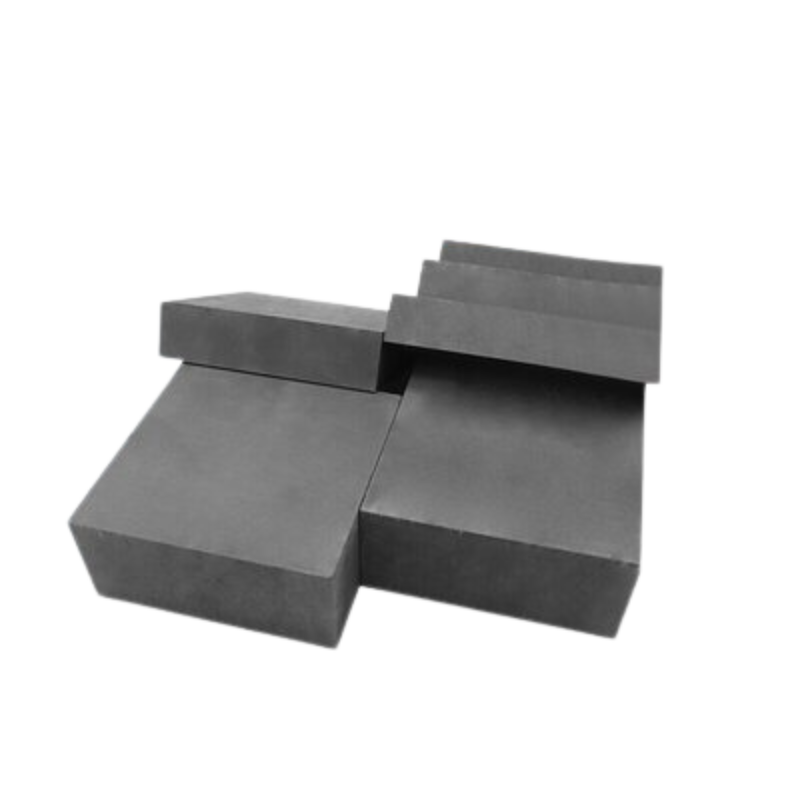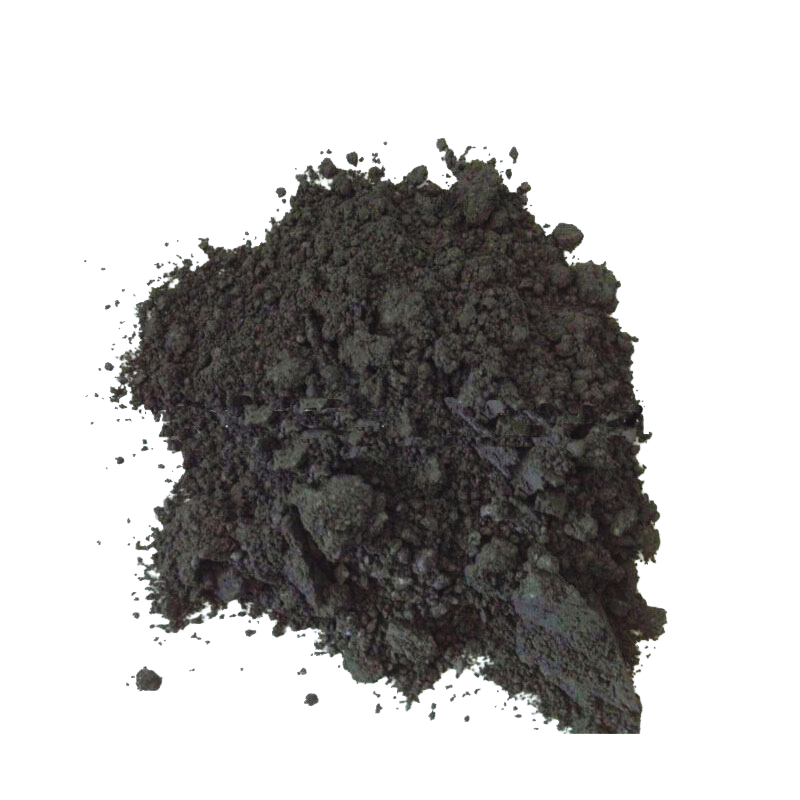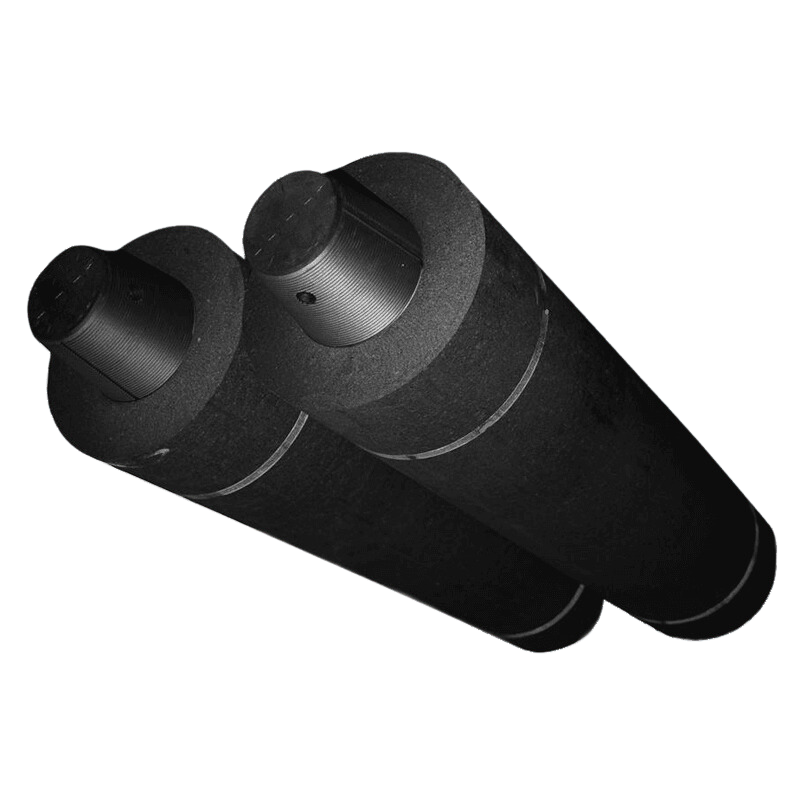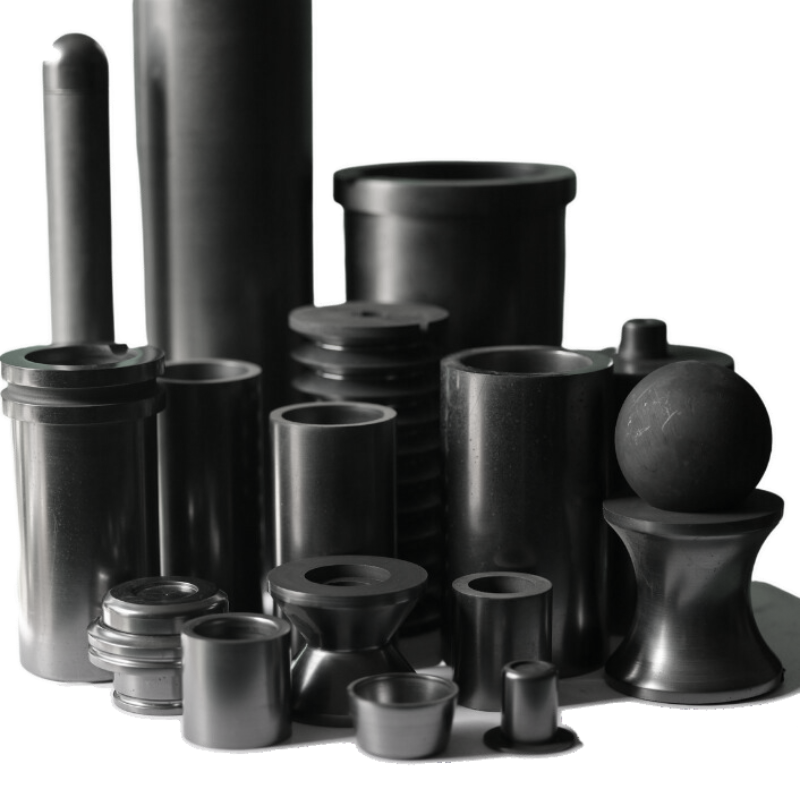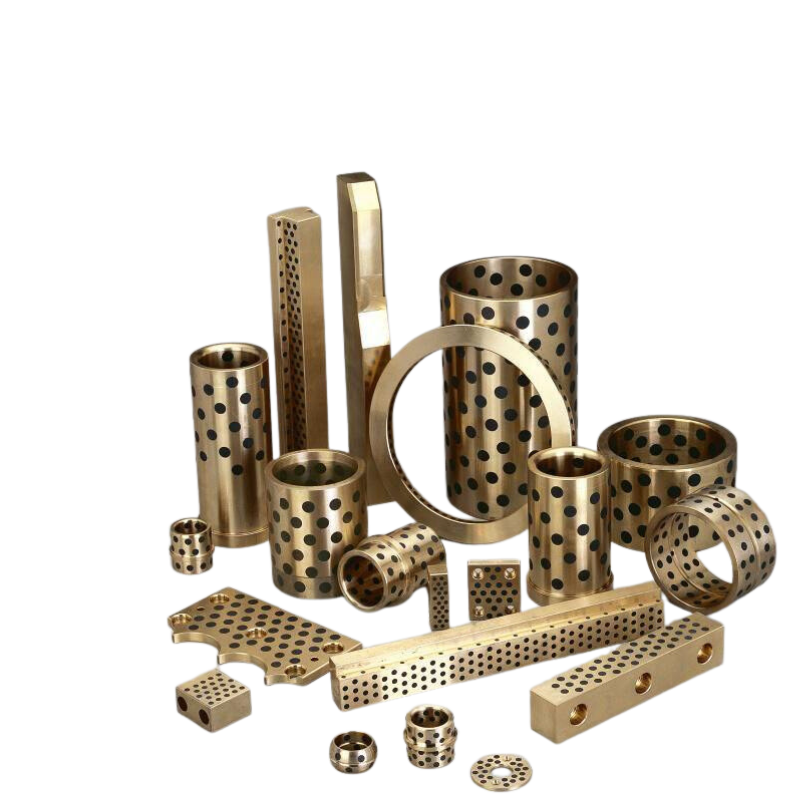Graphite crucibles are widely used in metallurgy, casting, machinery, chemical industries, and other industrial sectors due to their high-temperature resistance, low thermal expansion coefficient, certain strain resistance to thermal shock, strong corrosion resistance to acidic and alkaline solutions, and excellent chemical corrosion stability. They are particularly effective in the smelting of alloy tool steel and the melting of non-ferrous metals and their alloys, yielding significant technical and economic benefits.
Graphite crucibles are primarily made from graphite, which is an allotrope of carbon. Each carbon atom is covalently bonded to three other carbon atoms in a hexagonal arrangement, forming covalent molecules. Most of the graphite crucible is composed of carbon, with some air, leading to issues like oxidation, delamination, and peeling at high temperatures. Researchers at Yongxu Graphite have found that graphite begins to oxidize at around 500℃, and as the temperature of the graphite crucible increases, the oxidation rate grows geometrically, intensifying the oxidation process.
High-temperature synthetic graphite materials include graphite electrodes, graphite molds, and graphite crucibles. In high temperatures, the graphite in these materials tends to undergo oxidation and combustion reactions, increasing the porosity of the carbon layer on the surface and causing structural looseness, thereby affecting their service life. For example, after baking, carbon-containing (graphite) refractory materials generally form a decarbonized loose layer of more than 15mm on the surface, which erodes quickly after holding steel. At this time, most graphite crucibles use high-temperature-resistant sealing coatings. These coatings can withstand temperatures up to 1800℃ and can endure open flames for a long time. The coating material has a nano-scaled fish-scale structure, providing good density and effectively preventing oxygen diffusion at high temperatures. The hardness can reach 7-8H, which is higher than the hardness of metals. When the high-temperature resistant sealing coating is applied to graphite crucibles, it forms a dense coating layer with strong rust and corrosion resistance, high-temperature oxidation resistance, color stability, and wear resistance. When applied to kilns, graphite, metals, etc., it can prevent oxidation rates by more than 80% under high temperatures, with the energy utilization rate of graphite crucible materials reaching over 95%.
In the case of graphite crucibles used in extremely high-temperature induction heating, the graphite electrodes used in high-temperature oxidizing environments undergo partial sublimation oxidation due to the high-temperature electric arc, leading to continuous consumption of the graphite crucibles, and even causing fractures and damage. The loss rate of graphite crucibles can reach 40-60%. These coatings are mainly used for anti-oxidation protection of graphite electrodes, graphite crucibles, and graphite components in high-temperature environments, slowing down the oxidation rate, increasing material strength, and extending service life. This effectively reduces the likelihood of graphite electrode fractures, damage, and peeling.
The crucibles produced by Sanjie Graphite are treated with antioxidant coatings through impregnation. The liquid coating can penetrate the pores of the graphite crucible, expelling the remaining air, and forming an antioxidant protective film on the surface and within the pores of the graphite crucible. This protective film effectively isolates the air from direct contact with the graphite crucible, preventing oxidation reactions. Graphite crucibles treated with antioxidant impregnation do not crack or peel under extreme high-temperature changes, thus effectively delaying oxidation and extending the service life of the graphite crucible.
Graphite crucible antioxidant coatings are water-based inorganic environmentally friendly coatings, producing no volatile substances at high or normal temperatures. The high-temperature resistant sealing coating itself is resistant to acids and alkalis and does not react with quenching media, effectively protecting graphite crucibles from chemical reactions at high temperatures and preventing oxidation rates from reaching more than 95%.

